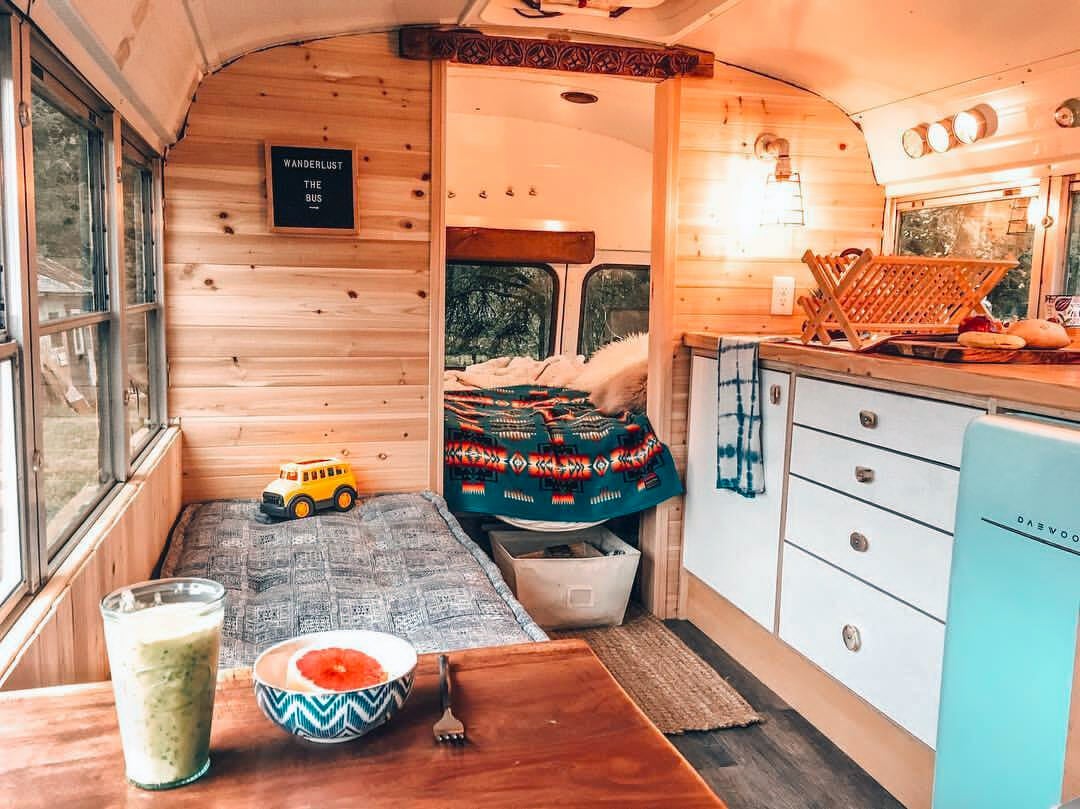Do-It-Yourself Bus Conversion: A Jump Towards Minimalist Living

Lately, living minimally has gained popularity as people and families seek to simplify their lives and embrace a more nomadic lifestyle. One of the most practical ways to achieve this is through minibus conversion. Changing a minibus into a mobile home or mobile space allows you to experience the adventure of the open road while keeping the amenities of home. If you are considering weekend getaways or a full-time adventure, a minibus conversion can be customized to fit your preferences.
This guide will take you through all step of the minibus conversion process, from picking the right vehicle to creating the best layout for your new mobile living space. We'll delve into key considerations such as the variances between DIY conversions and engaging professionals, important elements for a luxurious camper, and effective solutions for off-grid living. Whether you desire a cozy camper, a mobile office, or even a food truck, our thorough approach will help you navigate this interesting journey towards living minimally in style.
Getting Started with Minibus Transformations
Embarking on a minibus conversion journey is an stimulating leap towards minimalist living. To get going, it is crucial to define your objectives for the conversion. Will it act as a comfortable camper for short getaways, a mobile office for your freelance work, or perhaps a food truck to kickstart your culinary aspirations? Understanding your main purpose will help influence your design considerations and budget planning.
Once you've established the intended use, your following step is to choose the appropriate minibus for the project. Investigate various models and their features to identify which most suits your needs. Consider elements like space, ease of driving, fuel economy, and any additional alterations that may be necessary for your specific conversion type. Favored options for conversions include the Volkswagen Transporter, Ford Transit, and Mercedes Sprinter due to their versatility and availability.
With your minibus picked, it's time to plan the design layout. Draw out your vision, keeping in mind crucial aspects such as living quarters, essential facilities, and storage options. A well-thought-out design will optimize your minibus's performance while enhancing convenience. Take sizes inside the vehicle to ensure that your ideas convert well into the actual space you have to utilize with, and don’t forget to blend your personal flair into the design.
Key Features and Design Tips
When preparing your minibus conversion, it is essential to consider the key elements that will enhance your living space. Start with a comfortable sleeping area, as this will be your chief function for the minibus. click to find out more seating and sleeping arrangement can optimize space and add utility. Opt for high-quality mattresses for added comfort, and include high-quality bedding that can withstand wear. Storage solutions like under-bed storage solutions and above-head storage are essential for maintaining a tidy environment while maximizing the limited space.
Designing the layout of your minibus camper is also important. Practicality should take precedence, so think about the flow of movement within the space. An open-plan design can create an sense of larger space, while working to keep important amenities close at hand. Consider incorporating a compact kitchenette with essential kitchenware, such as a travel stove or microwave, and a mini-fridge. Also, incorporating a collapsible table can provide you with a dining area when needed, and it can easily be stowed away to create more room.
Finally, don’t overlook the significance of aesthetics and custom elements in your design. Choose light colors and materials to illuminate the interior and make it feel larger. Adding windows or skylights will enhance sunlight, creating a welcoming atmosphere. Incorporate decorations that reflects your style, whether through wall art, cushions, or curtains. Eco-friendly materials and eco-friendly options can also align with minimalism, further improving your overall minibus conversion experience.

Financial Outlay, Regulations, and Implementation Considerations
When starting a minibus modification, understanding the economic factors is vital. The overall cost can fluctuate significantly based on the scope of the modifications, the materials used, and whether you opt to DIY or hire contractors. On average, most conversions can vary from a few thousand to tens of thousands of monetary amounts, depending on the features you want to include. Budgeting for surprise expenses is also sensible, as they often arise during the conversion undertaking.
Guidelines play a crucial role in the conversion experience. It is essential to get to know local regulations and requirements regarding vehicle modifications. Depending on your jurisdiction, you may need to have your converted minibus evaluated and registered as a different vehicle type. This could involve obtaining particular permits and adhering with safety standards, which could influence your design choices and overall costs. Ensure that you have done your homework so that you are in conformance with all relevant regulations.
Practical considerations are equally important for a successful conversion. Think about the purpose of your minibus, whether it’s for vacationing, commercial use, or public transport, and design accordingly. Planning try here will enhance space utilization and comfort. Moreover, consider factors such as insulation for varying climates, storage solutions for gear and necessities, and the installation of critical systems like electrical, water, and waste management. By reflecting on these aspects, you will not only enhance the usability of your minibus but also prevent common mistakes that many first-time converters face.
